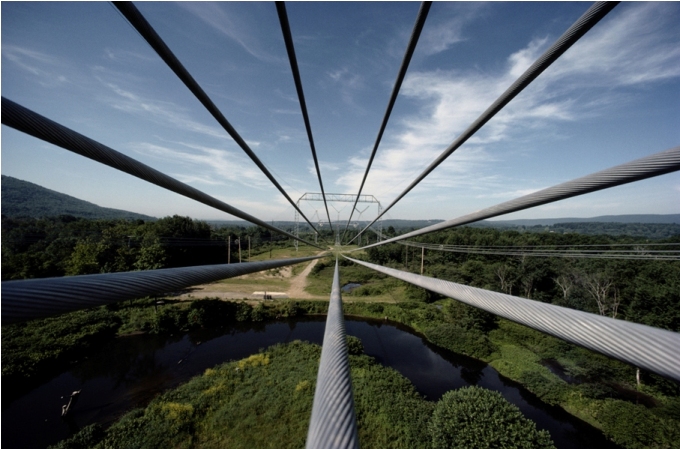There has been insignificant addition of 765kV transmission lines in the ongoing fiscal year, so far, according to statistics newly released by Central Electricity Authority (CEA).
These CEA statistics giving the latest update on power transmission capacity addition by ownership and voltage class, show that a minuscule 2 ckm of 765kV lines have been added during the first eight months (April to November) of the ongoing fiscal year, FY21.
This 2 ckm of 765kV line represents merely the remaining portion of existing transmission lines. For the record, this small portion represents addition by Power Grid Corporation of India to the existing 765kV Tehri Pooling Station – Meerut line.
| Addition of 765kV Transmission Lines (ckm) | ||
| Ownership | Target | Actual |
| 2017-18 (Apr-Mar) | ||
| Central | 3,665 | 3,201 |
| State | 416 | 335 |
| Private | 846 | 283 |
| Total | 4,927 | 3,819 |
| 2018-19 (Apr-Mar) | ||
| Central | 4,692 | 5,026 |
| State | 766 | 0 |
| Private | 827 | 1,724 |
| Total | 6,285 | 6,750 |
| 2019-20 (Apr-Mar) | ||
| Central | 2,727 | 2,735 |
| State | 958 | 0 |
| Private | 2,334 | 309 |
| Total | 6,019 | 3,044 |
| 2020-21 (Apr-Nov) | ||
| Central | 538 | 2 |
| State | 542 | 0 |
| Private | 768 | 0 |
| Total | 1,848 | 2 |
The planned addition of 765kV lines in the April-November period of FY21 stood at 1,848 ckm, across all ownership groups. Central government agencies had planned to put up 538 ckm. State government utilities had planned 542 ckm while the maximum contribution, at 768 ckm, was supposed to come from private sector entities (including joint ventures between private and public entities).
For the full year FY21, a total of 2,487 ckm worth of 765kV lines have been planned for addition but this target clearly appears out of bounds, given the performance so far.
Industry sources point out that the pandemic-induced lockdown had could have had an adverse impact on 765kV power transmission line addition. While this could be generally true across the physical construction activity spectrum, it is worth noticing that there has been significant progress when it comes to 400kV and 220kV lines. In fact, during FY21, there has been notable achievement even on the 800kV HVDC front.
One plausible theory is that 765kV lines are typically interregional lines that are associated with transmission projects awarded to private and public sector developers, under the tariff-based competitive bidding (TBCB) route. During the second half of FY20 and in FY21 so far, very few such TBCB have been awarded. This could be the most important reason why there has been no traction on 765kV power transmission infrastructure – both lines and substations, for that matter. According to information compiled by T&D India, during the twelve months ending October 2020, only two interregional projects were awarded under the TBCB mode.
Performance in the recent past
One can also see that during FY20, the addition of 765kV power transmission lines was quite unimpressive. As against the planned addition of 6,019 ckm, actual addition was just about half, at 3,044 ckm. On closer inspection, one finds that the shortfall was largely on account on state government and private sector entities. The achievement of private players was just about 13 per cent of the planned addition.
FY19 was by far the best year in recent history with respect to 765kV power transmission lines. The actual addition for the year, at 6750 ckm, was pleasantly in excess of the targeted 6285 ckm. Both Central government and private entities surpassed their respective planned additions.
In FY18, the actual addition of 765kV lines fell short of the target by around 23 per cent.
HVDC achievement
While 765kV line addition in FY21 has been disappointing, the current year will be remembered for the achievements in the 800kV HVDC space. In September 2020, the first stage of the Raigarh-Pugalur HVDC line was energized, signifying the crossing of an important milestone in India’s high-technology power transmission journey. (Read more.)

